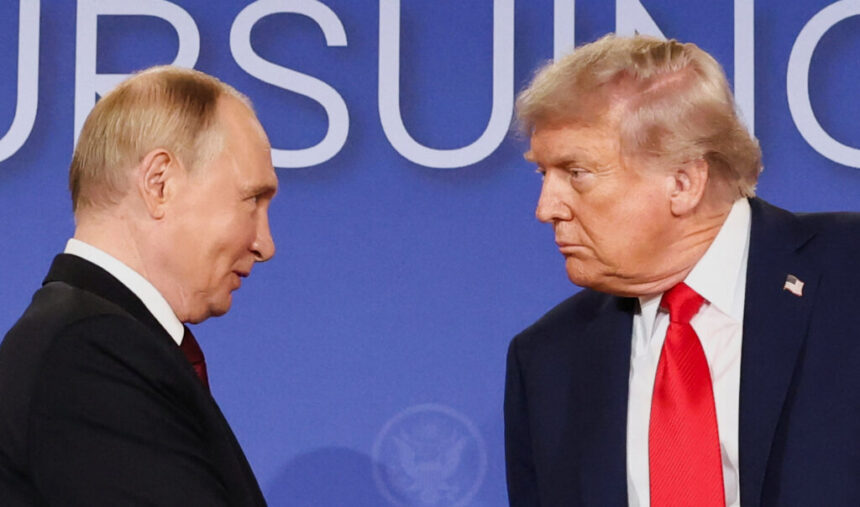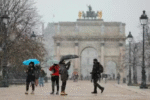After nearly three hours of closed-door talks in Anchorage on Friday, US President Donald Trump and Russian President Vladimir Putin walked away without securing a cease-fire agreement in Ukraine. It was the first face-to-face meeting between the two leaders since Russia’s full-scale invasion of Ukraine began in February 2022.
Trump admitted, “We didn’t get there,” acknowledging the lack of progress. While he had hoped to initiate a peace process, Putin refused even to agree to a temporary pause in fighting. In fact, Russian forces struck Ukrainian cities during the meeting itself.
Both leaders floated the possibility of a follow-up meeting—possibly in Moscow—but no firm commitments were made. The outcome leaves Ukraine’s war raging on and raises new questions about Trump’s peace strategy.
Key Expert Reactions
John E. Herbst: Putin Smiles, Trump Needs Swift Consequences
According to John E. Herbst, former US ambassador to Ukraine, Putin leaves Alaska with a tactical win, having avoided new penalties despite rejecting Trump’s deadline for a cease-fire. Herbst urged Trump to deliver on his threat of massive sanctions and expanded US arms packages for Ukraine if Putin refuses to halt attacks.
Leslie Shedd: Trump Took a Political Risk for Peace
Leslie Shedd commended Trump’s willingness to “put his own political capital on the line.” She noted that while Trump is hopeful talks could lead to a Zelenskyy-Putin summit, any stalling tactics by Putin should trigger the “severe consequences” Trump promised.
Daniel Fried: No Deal, No Progress
Daniel Fried, former US ambassador to Poland, warned that Trump risks appearing weak. He argued that Putin used the summit to “slip away without offering anything” while enjoying the optics of a US meeting. Fried stressed that only economic and military pressure will force Russia to negotiate seriously.
Oleh Shamshur: Putin Showed Intransigence
For Oleh Shamshur, former Ukrainian ambassador to the US, the summit was another propaganda victory for Putin. He called Putin’s stance “hypocritical,” as Russian missiles struck Ukrainian cities during the talks. Shamshur questioned whether Trump would now enforce the “severe consequences” he promised.
Philippe Dickinson: A Stalling Tactic
Philippe Dickinson described the summit as “treading water,” with Putin using flattery and vague promises to delay sanctions. He warned that only pressure and strength—military, diplomatic, and economic—will bring Putin to the negotiating table.
Edward Verona: Ignore Putin’s Business Pitch
Edward Verona cautioned against Putin’s attempts to lure Trump with talk of US-Russia business opportunities. He argued that Western companies will not return to Russia while corruption, sanctions, and war crimes persist.
Melinda Haring: The US Holds the Cards
Melinda Haring stressed that diplomacy with Putin cannot succeed without leverage. She reminded that the United States, not Russia, holds the stronger position, and urged Trump to avoid being drawn into Putin’s “pseudo-historical lectures.”
Brian Whitmore: Russia’s Goals Remain Unchanged
According to Brian Whitmore, the Alaska summit changed nothing. Russia’s war aims remain “maximalist and eliminationist,” meaning Putin still seeks Ukraine’s destruction as a sovereign state. He argued the war will ultimately be decided on the battlefield and called for more Western weapons and tougher sanctions.
Bottom Line
The Alaska summit ended with no cease-fire, no deal, and no concrete progress. For Putin, it was a chance to break international isolation without making concessions. For Trump, it was a gamble that risks undermining his credibility unless he follows through with stronger measures.
What happens next will depend on whether the United States and its allies escalate pressure—or allow Putin to continue stalling.







